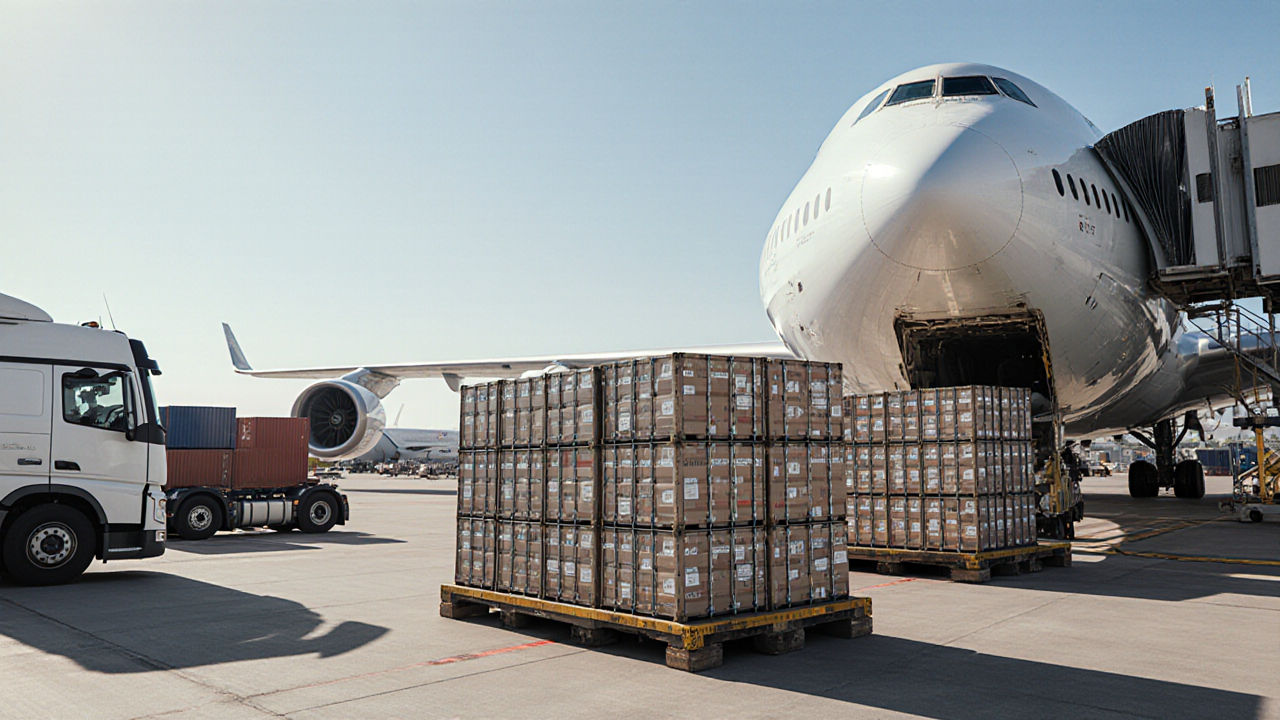
When a sudden surge of air traffic controller shortages ripples through the skies, the effects are felt far beyond the runway. A recent wave of staffing gaps at major U.S. airports has already delayed 3,000 flights in a single day, underscoring how fragile the link between air traffic management and global freight movements can be. For supply chain leaders, the lesson is clear: the reliability of air cargo is as dependent on human resources as it is on technology, and disruptions in one layer reverberate through the entire network.
Between October 1 and 26, Federal Aviation Administration facilities logged 264 instances of staffing shortages, a figure that is more than four times the volume reported during the same period last year. The scale of this shortfall is not merely a statistical anomaly; it translates into hours of ground delay at key hubs such as Los Angeles International and Reagan National airports, where flights were suspended or held for extended periods. These interruptions cascade into delayed shipments, inventory imbalances, and heightened transportation costs, challenging the very foundations of just‑in‑time and lean supply chain models.
Beyond the immediate operational hiccups, the human dimension of the crisis reveals deeper systemic vulnerabilities. Air traffic controllers, classified as essential workers, are being asked to remain on duty without pay during a government shutdown, forcing many to seek second jobs to survive. This erosion of workforce morale and the looming risk of burnout signal a broader threat to labor sustainability—a risk that can cripple not only aviation but also the multimodal networks that depend on it. Supply chain executives must therefore view workforce resilience as a strategic asset, integral to maintaining continuity and safeguarding service levels.
Technology offers a pathway to mitigate such disruptions. Predictive analytics can forecast staffing needs based on historical patterns, weather, and seasonal demand, enabling pre‑emptive scheduling and resource allocation. Automation of routine monitoring tasks frees human controllers to focus on complex decision‑making, while remote‑controlled tower solutions can extend coverage during periods of personnel scarcity. By embedding these tools into their operational framework, logistics providers can transform a reactive response into a proactive, data‑driven strategy that preserves throughput even amid staffing volatility.
Strategic recommendations for senior leaders emerge from this confluence of data and insight. First, cultivate a workforce strategy that balances flexibility with stability, incorporating cross‑training, incentive programs, and mental‑health support to reduce turnover and enhance job satisfaction. Second, invest in integrated digital platforms that provide real‑time visibility across all transportation modes, allowing for rapid re‑routing and buffer creation when delays arise. Third, embed sustainability metrics into contingency planning; for example, optimizing alternative routes can reduce carbon emissions while maintaining service reliability. Finally, foster collaborative partnerships with government agencies and industry consortia to share best practices and jointly develop resilient infrastructure that withstands future shocks.
In an era where supply chains are increasingly global and interconnected, the ripple effects of a single sector’s workforce crisis can be profound. By treating workforce resilience, technological innovation, and sustainability as core pillars of operational excellence, supply chain leaders can not only navigate the current turbulence but also position their organizations for long‑term agility and competitiveness.
Loading comments...